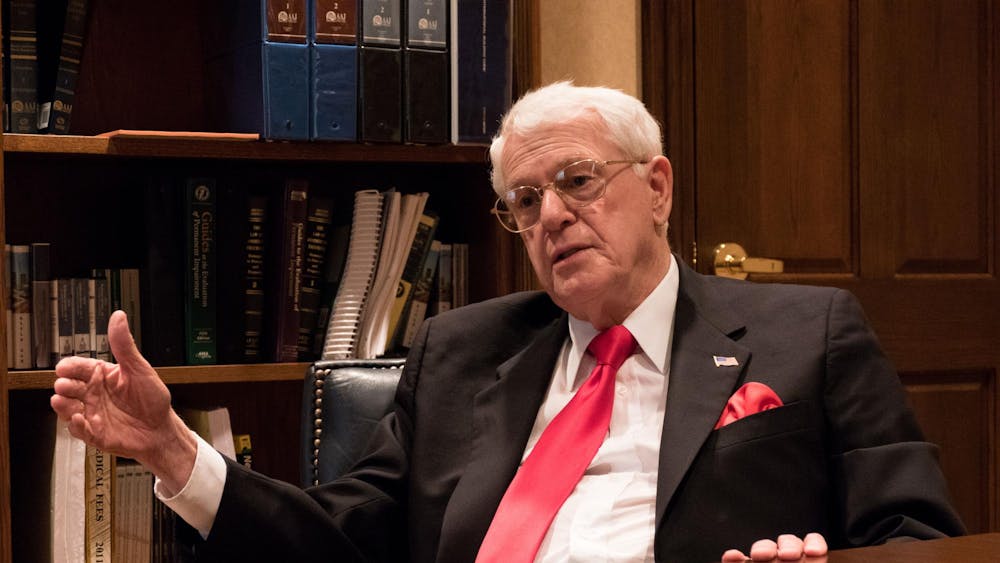Don’t talk and drive.
Driving and using a cell phone simultaneously results in driving performance similar to that of drunk driving, according to a driving simulator study.
A study released by the IU Public Policy Institute found that simply banning cell phone usage is not effective in increasing traffic safety. The study says better law enforcement combined with media campaigns will effectively cut down on distracted
driving.
The National Highway Traffic Safety Administration estimated that nearly 11 percent of all drivers are using a cell phone at any given time during the day. Another study conducted by The National Occupant Protection Use Survey found that this phone use was highest among drivers 16 to 24 years old.
The Indiana legislature passed a law in July 2009 effectively banning cell phone usage while driving for individuals under 18. The law aims to help cut down on distracted driving, thereby helping to better traffic safety. The problem with the law is that it is difficult to enforce. The law, which targets younger drivers, is only effective against individuals under the age of 18 that received their licenses before July 1, 2009.
So, as Indiana State Police first sergeant Dave Bursten explained, it’s difficult for police to enforce the law because they cannot easily determine if drivers are underage or when their license was issued without pulling them over first.
“It would take a police officer working in very small community that knows the majority of the people in the community and factually knows ‘there’s Susie Thompson, I know she’s 17, and she’s talking on her cell phone and she drove by me,’” Bursten said.
As a result, there are very few infractions logged. Bursten said ISP has not issued any citations.
The only times officers are likely to catch offenders is when there is a crash and the person is accused of using their cell phone or if the individual is pulled over for another traffic violation and is observed using their phone, Bursten said.
North Carolina implemented a law similar to Indiana’s in 2006 and according to a study only 39 percent of parents and 64 percent of teens knew about the ban.
That’s why Matthew Nagle, author of the new study, argues that a media awareness campaign is needed. The campaign, in combination with stricter enforcement of the law, is likely to be more successful, he says.
“I think that the campaign will kill two birds with one stone by highlighting both that the law is this, but also showing the dangers of that particular driving behavior,” Nagle said.
This was seen in Washington, D.C., where all cell phone use while driving was banned. The combination of campaigns and law enforcement over a sustained period of time drastically decreased the crashes due to cell phone usage.
“So yeah this has got a lot of attention, but it’s really only one form of distracted driving. I also hope that this can put the issue in a broader context, you know there’s this issue of people not paying attention and not being aware of the risks that they’re presenting to themselves and other drivers by taking these actions,” Nagle said.
Ban on texting struggles to help
Indiana police find it hard to enforce laws, give citations
Get stories like this in your inbox
Subscribe





